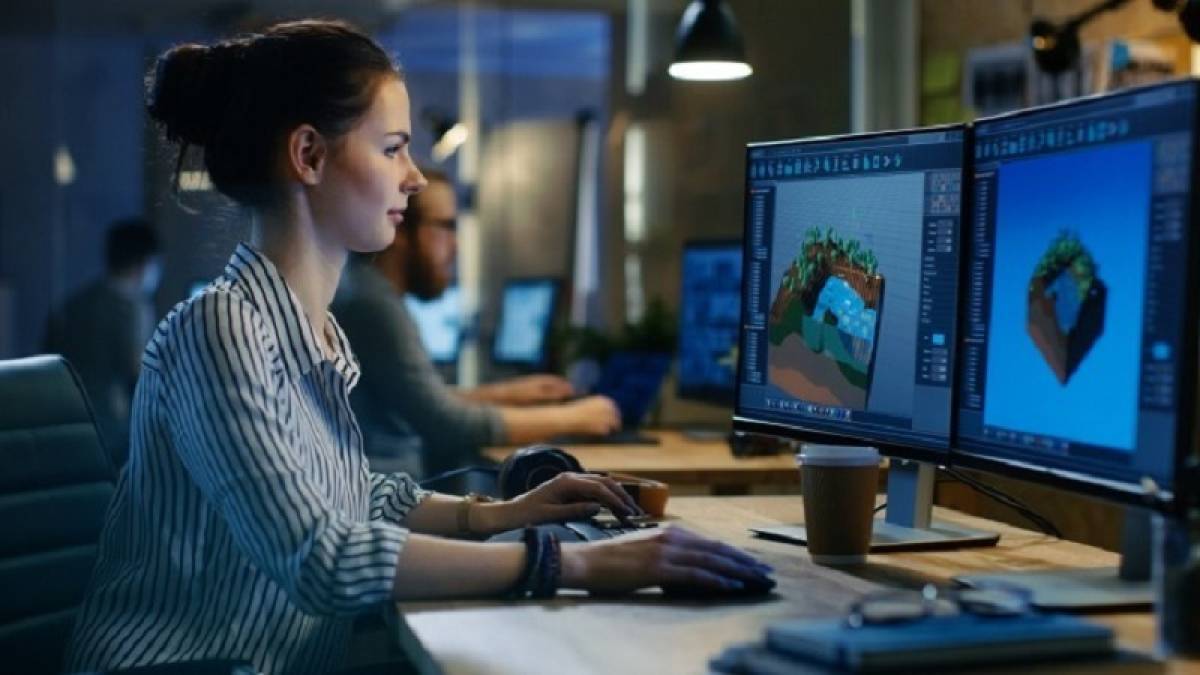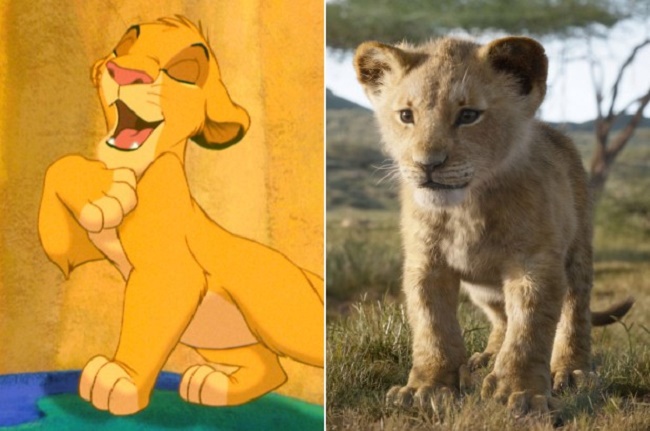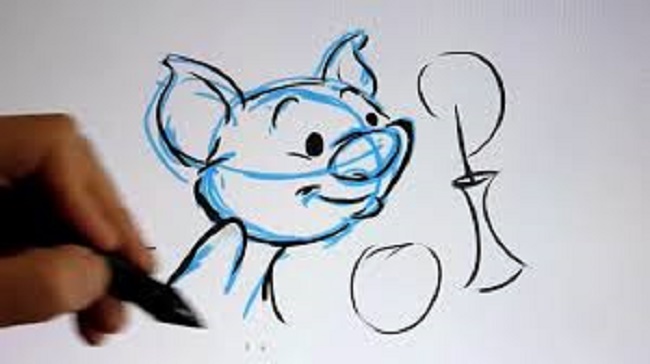Becoming an Animator: What You Need to know

If cartoons like Tom & Jerry, The Simpsons, and Johnny Bravo, and movies like Aladin, Cinderella, and The Little Mermaid were a big and fun part of your childhood, you owe animators a debt of gratitude. They made those films and your favorite cartoon characters come alive on TV screens
An animator is a technology-driven creative artist who produces multiple images called frames, which when sequenced together create the illusion of movement. That illusion of movement is what is known as animation.
The images making up the illusion of movement can comprise of hand-drawn images or digital pictures, puppets, or models. As such, an animator can work in 2D, 3D model-making, or computer-generated animation.
Computer-generated animations are the ones that commonly feature in motion pictures to create the animated films, video games, and special effects on television we all love so much.
For example, Disney’s 1994’s “The Lion King” 2-D animation movie inspired the photorealistic 3-D re-make of the movie, which made some headways as one of Disney’s many animation blockbusters.
With advancements in technology, more digital platforms are opening up for animation, and brands are seeking animated videos and animation ad creatives, causing demand for animators to rise.
According to the US Bureau of Labor Statistics (BLS), the employment rate of animators is projected will grow 5% from 2021 to 2031, about as fast as the average for all occupations. It can pay huge dividends to explore the world of animation and consider a career in this field.

Photo credit: Walt Disney
Animation Career Opportunities/Roles in Animation
The very first thing that you need to do in order to pursue a career as an animator and land a job is to have a clear understanding of the job and all it requires. Then, you can decide whether to take up animation as a career path with all that it entails.
Keep in mind that there are certain areas in animation that offer more job opportunities, so you need to understand which field is going to give you the more stable career option. Just to give you an example, cartoonists nowadays are not as in demand as technical animators.
You also need to understand that animation requires a lot of patience. A 10-second animation can take days to create. And it takes time to become good at animation. So, if you think you can learn these skills in couple of weeks and start making waves in the industry, this field is not for you.
That said, making animations is a lot of fun. Imagine creating a fight between your favorite Avengers’ characters. How cool is that? You can determine how the fight goes.
If you enjoy watching animations as a consumer of the media, then chances are high this might be a good career choice for you.
Here's a list of probable job roles in animation:
- 2 D Animator
- 3 D Animator
- Key Frame Animator
- Image Editor
- Modeller
- Character Animator
- Texture Artist
- Layout Artist
- Lighting Artist
- Story Board Artist
- Background Artist
- Clean Up Artist
- Rigging Artist
- Rendering Artist
- Digital Ink and Paint Artist.
All of those branches of animation have potential to pay well and be very satisfying career fields, with salaries for animators typically ranging between $52,000 and $125,000 a year as of 2022.
Getting a Job in Animation
Most animators find their work through word of mouth in the animation industry, although some land jobs in the typical way by applying for advertised roles on trade magazines, job boards, etc.
In my experience, you have to develop and build strong networks and relationships to succeed in getting work in the business of animation (no offense to agents and talent recruiters). But, once you get the job, the job satisfaction rate of animators is high.
The secret to finding work in the animation industry is to understand that this is a people driven industry. We are the creative artists who need people to succeed.
Overview of How Animations Works
As an animator, you can either work as an employee in a company or freelance. Many animators actually work from home.
Generally, the entire process of designing animation can be broken down into three distinct stages: Pre-production, Production, and Post-production.
In pre-production, an animator needs to conceptualize the final product.
In production process, an animator makes 3-D versions of the storyboard.
In the post-production stage, the animator adds sound-effects and lip-syncing to finally complete the animation.

Qualifications for a Career in Animation
To qualify and become a successful animator, you must be well-versed in graphics and computer software (the technical skills of animation), be highly creative, have drawing skills, attention to detail, and an ability to sustain pressure.
As such, it's easier for you to score an animator job on major studios if you have a bachelor’s degree from a college or university that has a good reputation in animation. Some students choose to major in art, however, finding a program that provides a degree in animation is even better.
Moreover, you need to be a good observer and have great imagination, because as an animator you will have to recreate facial expressions of people and how they move.
You should also be able to create captivating storylines and not just the characters alone.
Teamwork is also very important in an animator’s career.
Additionally, you need to stay up-to-date on changing trends in the industry. Because consumers and employers demand more advanced imagery nowadays, you will often be working with the most up-to-do-date computers and software, meaning your technical skills must be up to par.
To keep pace with developments in the industry, you can subscribe to leading animation and related blogs and magazines. This can help you tune in to the pulse of the industry.
Also, brush up on your technical skills with the leading software in animation and motion graphics continuously. For example, a program in the market that animators use to design websites is Dreamweaver. Studio Max, Maya, Flash and After Effects are used for creating 2-D and 3-D animations. Meanwhile, Final cut pro and Adobe Premier Pro are used for video editing.
While you're learning and polishing your computer skills, do not forget the importance of traditional art. We animators are not just technological robots. We also need to understand the importance of artistic concepts as it helps the animator in creating aesthetic poses and all stage shots.
Ultimately, if you want to become a good animator, learn how to draw by hand, brush up on all your technical skills including how to space the drawings to create the desired motion, and stay up-to-date on animation industry trends, as well as all the things mentioned above and more.

![9 Tips for Managing Your Online Writing Projects Efficiently [node:titile]](/sites/default/files/styles/thumbnail_rectangle/public/open-book-laptop-online-writing-tips.jpeg?itok=iq4PIT7b)


















